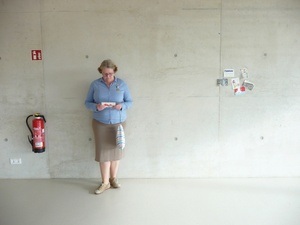In the organizer's words:
All information here.
by Johann Wolfgang von Goethe
Throughout his life, Goethe worked on his magnum opus FAUST, the drama that he was the only one of his works to call a "tragedy". It stands there, enigmatic and bright, in an epic expanse - a seemingly endless sequence of scenes and reflections. What holds this tragedy together at its core? There is Faust, the eternally restless man who sees the world as prey and time as a pawn. There is Mephisto, the counter-principle, literally in Faust's shadow. There is Gretchen, the innocent and beautiful in the face of destruction. And there is the light that shines through all the cracks in fate. Most of the tragedy takes place in the dark night. This darkness is repeatedly torn apart by fire and signs of light - like the flash of a photograph. In 1928, the Russian photographer Alexander Rodchenko described photography as a "struggle between eternity and the moment" and went on to say: "With its appearance, there can no longer be a general unchanging image. A person is not just a unit, he is multifaceted and dialectical." "Just a moment, just a moment." Kay Voges stages FAUST as precisely this struggle and, together with live photographer Marcel Urlaub, transforms the stage space into both a light room and a dark room.
This content has been machine translated.













